Vegan And Vegetarian Food In Costa Rica: Everything You Need To Know
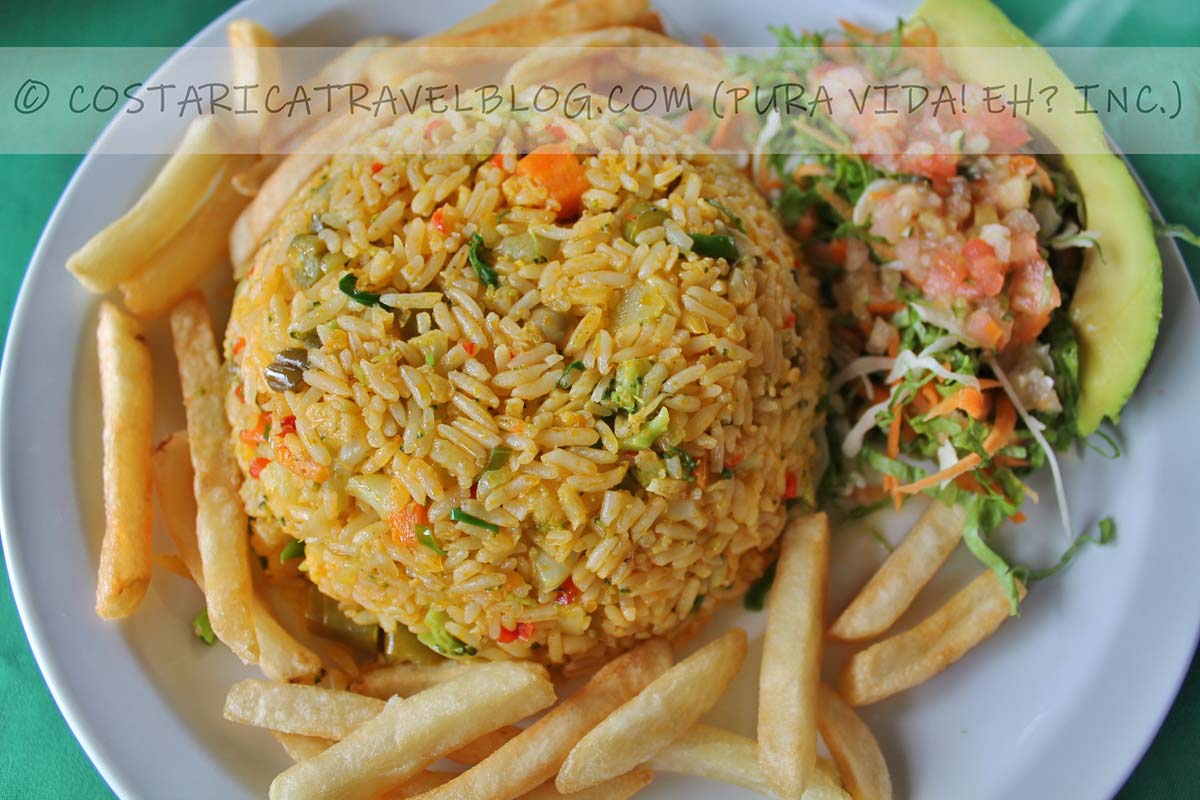
Last updated on August 13th, 2021 at 05:54 pm

Written by Nikki Solano
Nikki is the CEO of Pura Vida! eh? Inc. (Costa Rica Discounts), and the author of the guidebooks Moon Costa Rica (2019, 2021, 2023, and 2025 editions) and Moon Best of Costa Rica (2022 edition) from Moon Travel Guides. Together with her Costa Rican husband, Ricky, she operates the Costa Rica Travel Blog, created the online community DIY Costa Rica, built the Costa Rica Destination Tool, oversees the brand-new (summer 2023) Costa Rica Travel Shop, and designed the Costa Rica Trip Planning 101 E-Course. Also, Nikki wrote the Costa Rica cover feature for Wanderlust Magazine's sustainability-focused Travel Green List issue, showcased Costa Rica destinations and experiences on Rick Steves' Monday Night Travel show and podcast/radio show, and served as the Costa Rica Destination Editor for Essentialist, a luxury travel brand. Want to show your appreciation for her free article below? Thank Nikki here. ❤️️
A quick disclaimer:
Under the “vegetarian” umbrella, we include fish and seafood as possible meal options to help guide pescatarians. We’re aware that vegetarians do not consume fish and seafood but pescatarians do. Though our post below provides information about vegan and vegetarian food in Costa Rica, the occasional mention of fish and seafood are offered with pescatarians in mind. Pura vida! 🙂
Get the Costa Rica info you need by browsing our article's TABLE OF CONTENTS:
- Veganism and vegetarianism in Costa Rica
- Vegan and vegetarian food in Costa Rica: Dining out
- Vegan and vegetarian food in Costa Rica: General tips
- Nuts are a great way to pack on the protein (plus zinc or omega-3’s, depending on the nuts you choose) when you need an energy boost
- Go raw!
- Think whole grain? Think again.
- If you’re a vegan, be prepared to explain to Costa Ricans what veganism is.
- Scout out vegetarian-friendly restaurants and vegan-friendly restaurants in advance.
- Sample menus for vegetarian and vegan vacationers
- Communicating your vegan and vegetarian dietary restriction(s) in Costa Rica
Veganism and vegetarianism in Costa Rica
Ricky and I have been vegetarians for years. I’d love to say that I’m a vegan, but that would be pushing it. I’ve settled for being what I like to call a “vee-ga-tarian”–a half-vegetarian, half-vegan. I no longer consciously prepare and consume meals that contain meat or dairy, but I’m still in the process of training my mind to look for and buy items that aren’t made with animal byproducts.
Many people around the globe fall along a similar spectrum–some self-identifying as 100% vegan and others merely dabbling in vegetarianism with efforts like “meatless Mondays.” It’s no surprise, then, that we regularly receive inquiries from travelers who are curious about vegetarian and vegan dining in Costa Rica (we also receive inquiries about gluten-free food in Costa Rica; see our related blog post Gluten-Free Dining In Costa Rica for information on that topic). Fortunately, Costa Rican cuisine is largely vegetarian-friendly. Vegans, however, have a more difficult time finding meal variety in Costa Rica, though it does exist. If you’re a vegetarian or a vegan traveler looking for vegan or vegetarian food in Costa Rica, here’s what you need to know.
Vegan and vegetarian food in Costa Rica: Dining out
Rice and beans
In general, Costa Rican food is simple and repetitive. The majority of restaurants in the country, with the exception of restaurants that serve cuisines from around the world, offer the same few staple dishes. Rice and beans–carbs and proteins–are typically present in each staple dish; they’re prepared as a medley in the morning (the breakfast dish that contains rice and beans is called gallo pinto) and served separately on a plate throughout the remainder of the day (the lunch or dinner dish that contains rice and beans is called casado). Fortunately, rice and beans are vegetarian foods. They’re also vegan, provided they’re not cooked in a broth that contains meat or dairy (they’re usually not). If you’re a fan of rice and beans, either as a mix or individually, you’re in luck. You’ll be able to order them at any local restaurant in the country (usually called a soda) at any time of day.
Note that although rice and beans are vegan and vegetarian foods, not all side dishes that come with orders of gallo pinto or casado are. Gallo pinto often comes with eggs and a slice of fried cheese. Casado typically includes meat and fried cheese. Ask for these dishes to be served without meat or dairy items, if you wish. The meat served with casado (mainly chicken, beef, or pork) can usually be swapped out for fish or mixed vegetables. Eggs served with gallo pinto can typically be traded for toast, fresh fruit, fried plantain, or a tortilla.
Rice with “x”
Hold the beans, please! When rice is ordered on its own, without beans, it’s typically accompanied by meat (usually chicken, beef, or pork) or mixed vegetables. Each dish is named accordingly. If you’re a meat-eater, you’d order arroz con pollo (“rice with chicken”). As a vegetarian, you’d order arroz con vegetales (“rice with vegetables”). The vegetables are cut into small pieces and mixed in with the rice, similar to Oriental fried rice. The dish can be prepared with oil or butter, so if you’re a vegan, be sure to have the restaurant confirm which ingredient is used before you place your order.
Note that although rice and vegetables are vegan and vegetarian foods, not all side dishes that come with arroz con “x” (“rice with ‘x'”) are. Possible side dishes that are vegetarian include green salad (vegans, check the dressing for dairy), potato or cassava puree (vegans, ask whether the blend has been prepared with milk or cream), a hard-boiled egg (vegetarians only), half an avocado, patacones (smashed and fried green plantains), tortillas, or an extra helping of mixed vegetables.
Fresh fruit
Fresh fruit is always a good choice; it’s full of natural sugar to keep you energized and water to keep you hydrated. Local varieties from Costa Rica, like pineapples, mangoes, bananas, and papayas, are particularly delicious, as well as 100% vegetarian and vegan. Fresh fruit also makes for tasty and vitamin-rich batidos (“smoothies”). Vegans, try a blend of your favorite fruits with water (I recommend strawberry water). Vegetarians, try mixing fruits with milk for a creamier drink (Ricky’s favorite is pineapple milk).
Pizza
Nine times out of ten when Ricky and I dine out, we stick to the basics: casado vegetariano (“vegetarian casado”) or arroz con vegetales (“rice with vegetables”). If we’re in the mood for something different, we order a pizza vegetariana (“vegetarian pizza”). Menus don’t always list vegetarian pizza as an option, but one can usually be prepared using vegetables the restaurant has on hand. Most local pizzerias (unless they’re a vegan establishment) don’t stock vegan cheese, so pizzas is best consumed by vegetarians. Alternatively, vegans can ask for a pizza to be prepared without cheese.
Salsa Lizano
Salsa Lizano is Costa Rica’s condiment. It’s tough to find ketchup, mustard, Worcestershire sauce, or soy sauce here, but everywhere you go, there’s Salsa Lizano. The sauce isn’t overly spicy but it’s got kick. It also has water, sugar, salt, onions, carrots, cauliflower, cucumbers, spices, pepper, mustard, and turmeric, so it’s safe for vegans and vegetarians. If you see the sauce noted as an ingredient in a dish you want to try, go ahead and order it. You’ll love its tangy zip!
Vegan and vegetarian food in Costa Rica: General tips
Nuts are a great way to pack on the protein (plus zinc or omega-3’s, depending on the nuts you choose) when you need an energy boost
Unfortunately, nuts (including peanut butter) are incredibly expensive in Costa Rica. If you aren’t able to bring nuts as snacks from home, you can pick up bags of them at local supermarkets.
Go raw!
Raw vegetables including carrots, broccoli (great for calcium!), cauliflower, and more can be purchased at local supermarkets. Cut or break them into small pieces; they make great snacks for munching on during downtime at your hotel or while on the road. Hummus (also available at some supermarkets), which is vegetarian and typically vegan, makes a great vegetable dip!
Think whole grain? Think again.
Remember fifteen years ago when most carb-loaded products weren’t available in multigrain, whole wheat, or whole grain varieties? That’s still the case in many areas of Costa Rica. Health stores, large supermarket chains, and shops in busy cities are exceptions. Most crackers, cereals, cookies, and pastas you’ll find in the country (both in supermarkets and served by hotels and restaurants) are delivered in their “enriched white” state, which will make it difficult for you as a vegetarian or vegan to incorporate healthier grains into your vacation diet. Fill up on beans to make sure you get plenty of fiber.
If you’re a vegan, be prepared to explain to Costa Ricans what veganism is.
Most restaurant staff know what vegetarian food is and are happy to accommodate vegetarian dietary preferences. Most restaurant staff are also accommodating of vegan food requests, but many still don’t understand what veganism is and how it differs from vegetarianism. Be prepared clearly state what you will and will not eat, going so far as to confirm to waitstaff that exclusions mustn’t appear in things like broths, sauces, or dressings. Otherwise, you’ll end up with a few comments like, “You’re a vegan? Well, we have a few fish dishes that don’t contain meat.” or “I’m so sorry, I didn’t realize you didn’t want the cream sauce.”
Scout out vegetarian-friendly restaurants and vegan-friendly restaurants in advance.
Costa Rica isn’t booming with vegan and vegetarian restaurants, but several exist. If there isn’t an all-vegetarian or all-vegan restaurant at the destination you plan to visit, seek out vegan and vegetarian meals at regular restaurants (many restaurants post copies of their menus online). Most restaurants have at least one vegetarian meal option (vegan meal options are more difficult to come by). As a last resort, you can settle for ordering a meal that typically contains meat or dairy products, but has been prepared without these items upon request.
Vegan and vegetarian food in Costa Rica: breakfast
- Gallo pinto (great for vegetarians and vegans)
- Toast (great for vegetarians and vegans)
- Fresh fruit (great for vegetarians and vegans)
- Eggs (great for vegetarians)
- Pancakes and French toast (great for vegetarians; some places make these vegan)
Vegan and vegetarian food in Costa Rica: lunch or dinner
- Vegetarian casado (great for vegetarians and vegans)
- Rice with vegetables (great for vegetarians and vegans)
- Vegetarian sandwich (great for vegetarians and vegans)
- Green salad (great for vegetarians and vegans)
- Vegetarian pizza (great for vegetarians)
- Fish casado (great for pescatarians)
- Rice with fish (great for pescatarians)
- Ceviche / fish soup (great for pescatarians)
Vegan and vegetarian food in Costa Rica: dessert
- Fried plantain (great for vegetarians and vegans)
- Arroz con leche / rice pudding (great for vegetarians)
- Tres leches / three milk cake (great for vegetarians)
- Flan de coco / coconut flan (great for vegetarians)
- Ice cream (great for vegetarians)
Vegan and vegetarian food in Costa Rica: beverages
- Standard beverages such as water, sodas, and coffee without milk or cream (great for vegetarians and vegans)
- Fruit juice or smoothies made with water (great for vegetarians and vegans)
- Coffee with milk and cream (great for vegetarians)
- Fruit juice or smoothies made with milk (great for vegetarians)
Note: the above vegan-friendly options assume that the food is not prepared with butter or other non-vegan products. To be sure, verify this with the restaurant or hotel staff.
Communicating your vegan and vegetarian dietary restriction(s) in Costa Rica
To best assist you throughout your Costa Rica dining adventures, use the following English -> Spanish guide to help you discuss menu options with restaurant and/or hotel staff (if their English is limited):
- I am a vegetarian -> Soy vegetariano/a
- I am a vegan -> Soy vegano/a
- I do not eat meat -> Yo no como carne
- I do not eat fish -> Yo no como pescado
- I do not eat eggs -> Yo no como huevos
- Is there milk? -> ¿Hay leche?
- Is there butter? -> ¿Hay mantequilla?
- Is there meat? -> ¿Hay carne?
QUESTION TO COMMENT ON: What are your biggest concerns about traveling around Costa Rica on a vegetarian or vegan diet?
Pura vida!

Hey, Costa Rica Travel Blog reader, thank you for visiting and reading our blog! We're truly grateful for your time and preference.
Do you know that your spam-free reading experience is most important to us? Unlike some other Costa Rica blogs, we do not to sell your personal information, and we choose not to display ads, sponsored content, or affiliate marketing on our blog so we can keep your visit as distraction- and junk-free as possible. Because we prioritize your privacy, we don't earn money when you visit us, when you sign up for our e-course, or when you click on our links, which means the time and work we put into this blog—including its 300+ articles—is entirely voluntary! If you find our content valuable, and you'd like to thank us for making the trip-planning process easier and your Costa Rica vacation more enjoyable, please consider making a small donation ($1, $2, $3, or an amount of your choosing) to our blog. Doing so is a great way to pat us on the back if you feel we deserve it. 😊 Pura vida, amigos!
Click on the button above to donate through PayPal. (If you cannot see the PayPal button above, click here.) A PayPal account is not required to make a donation; credit and debit cards are also accepted. PayPal donations are confidential; we never see your payment details.
Love our blog? Check out our other Costa Rica-related projects, too:



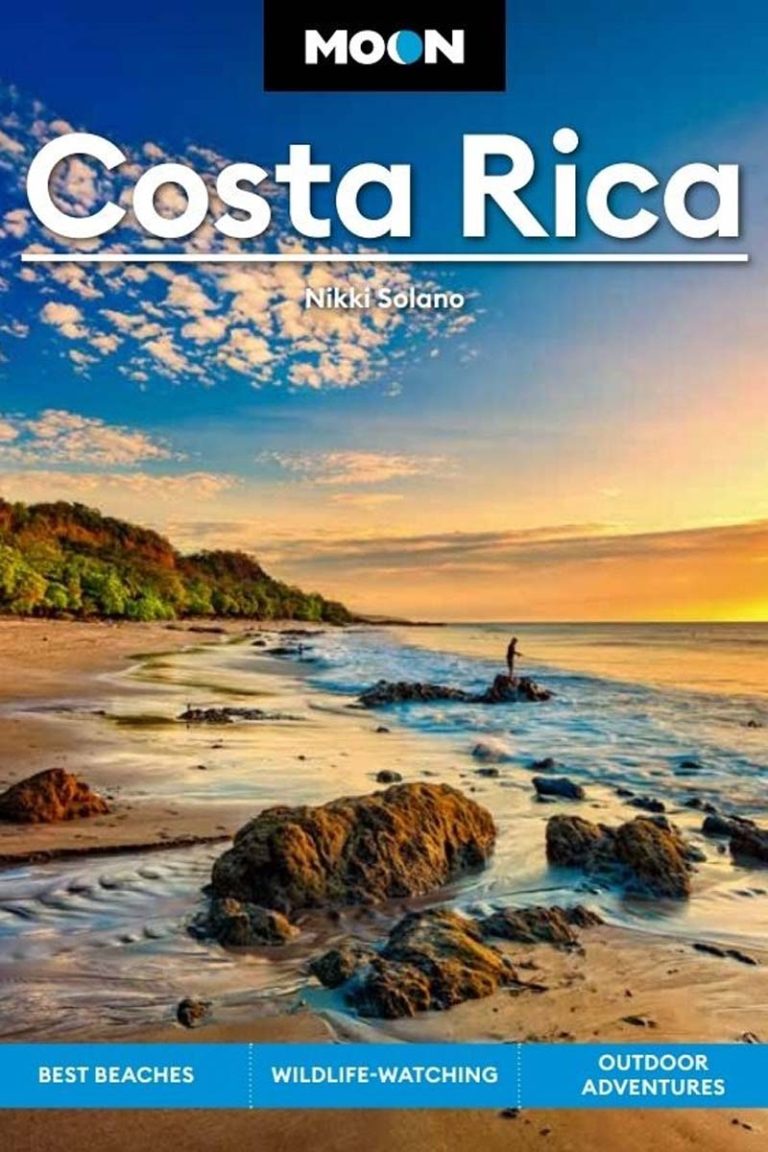
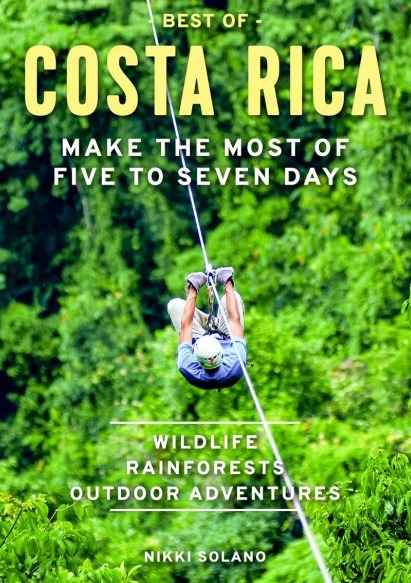



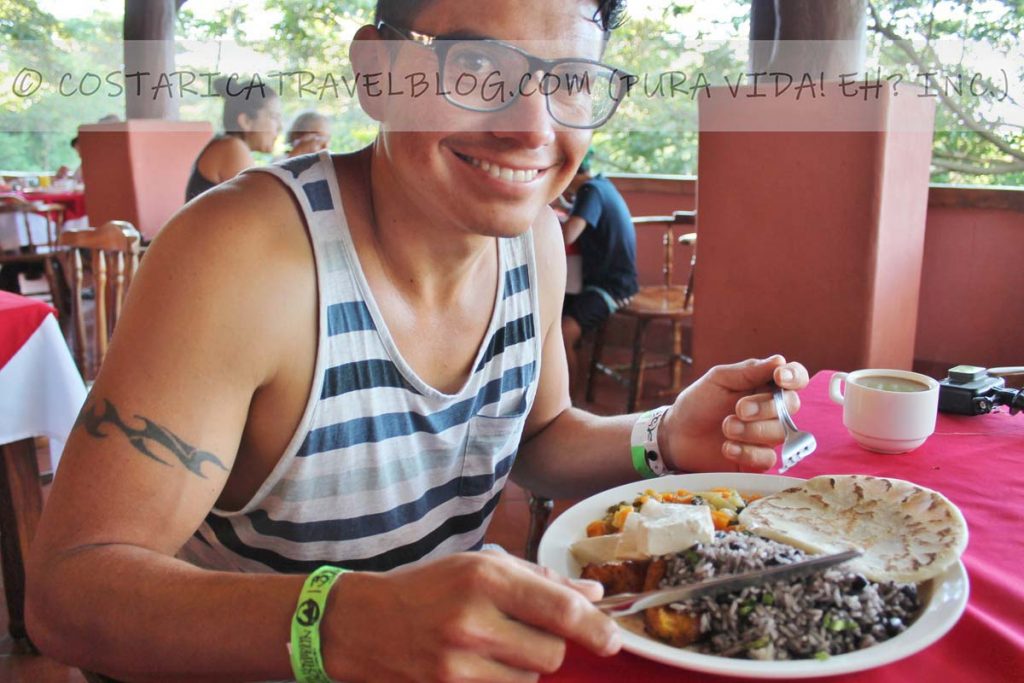
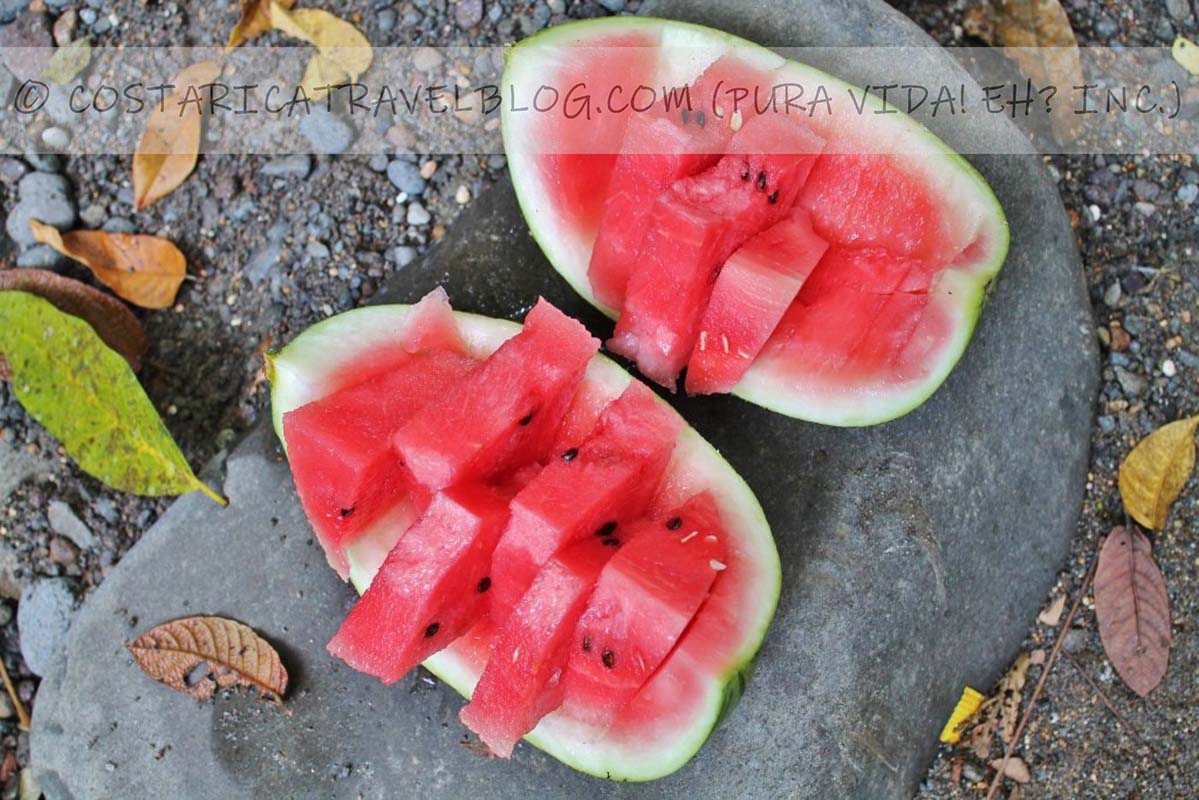
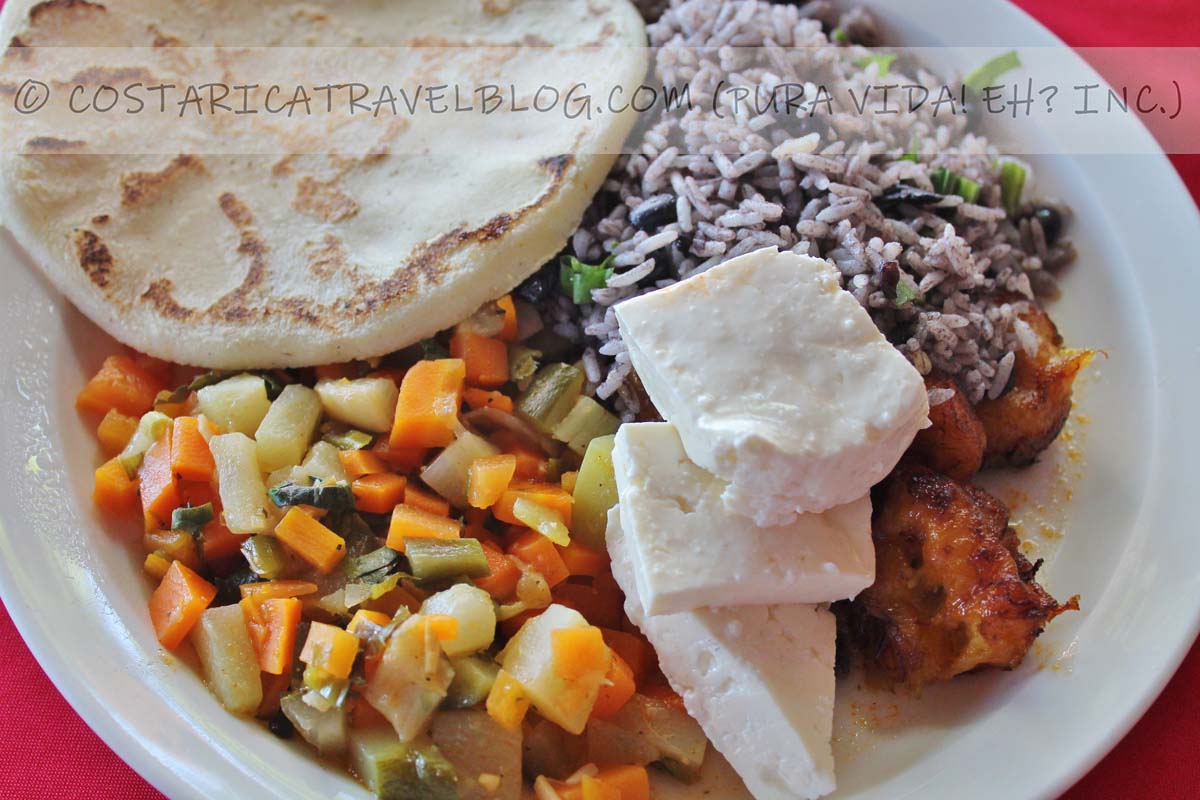


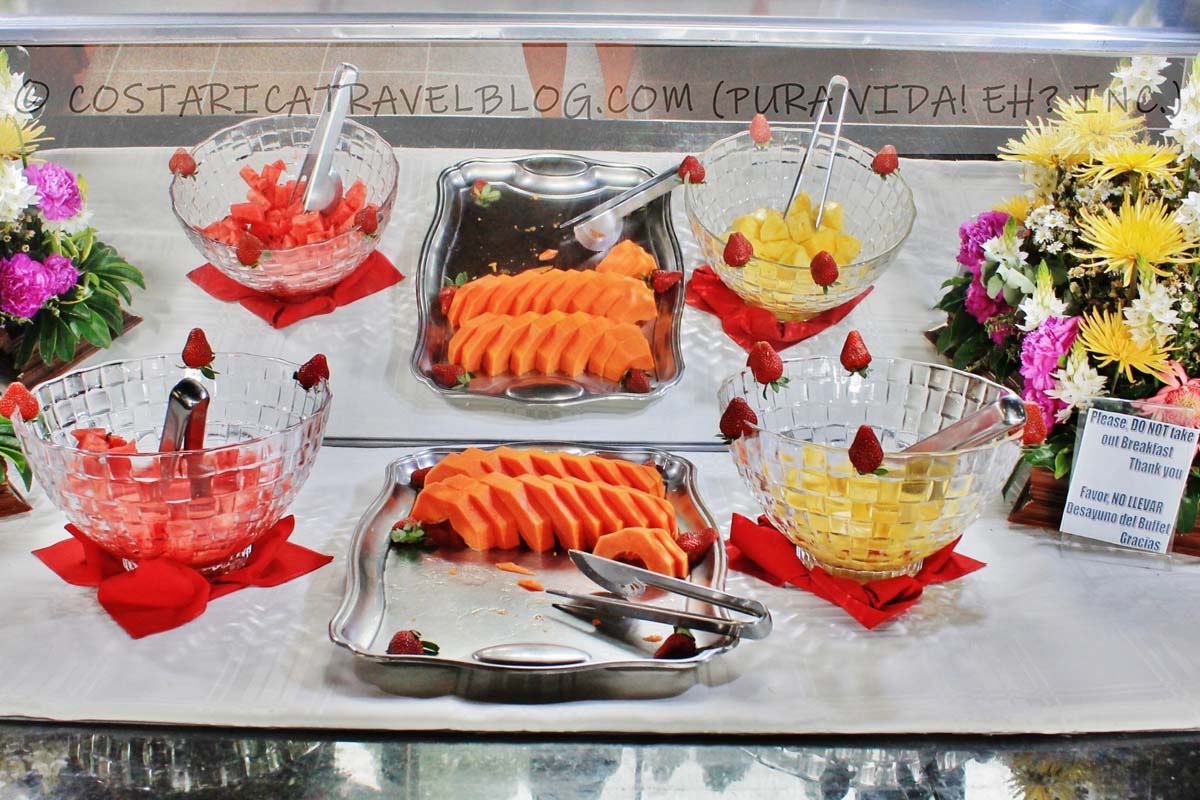
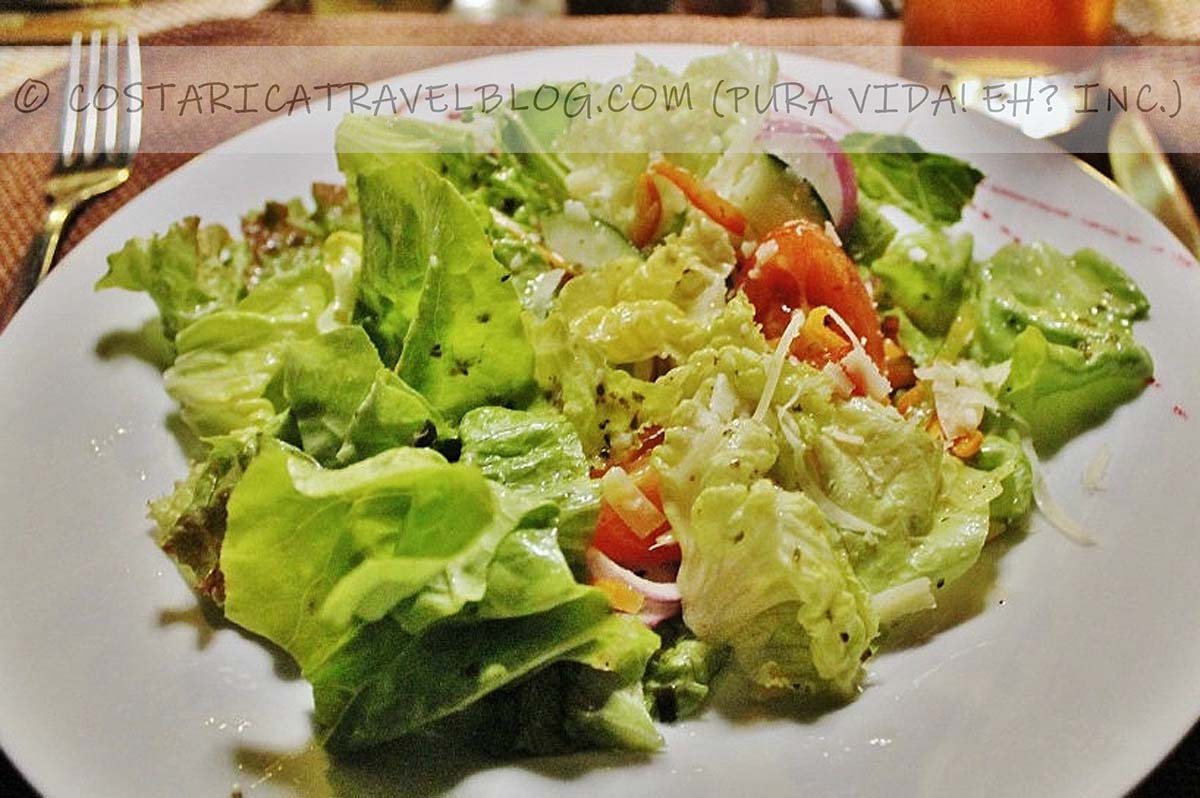
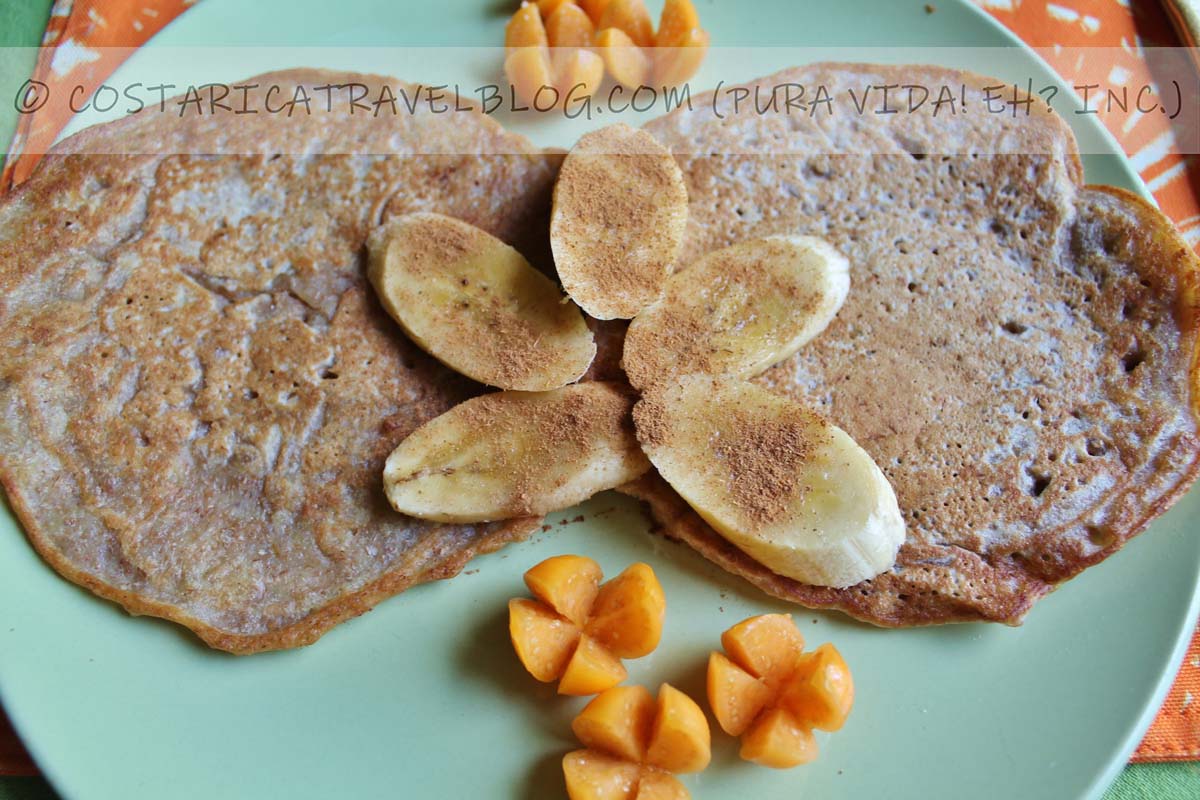
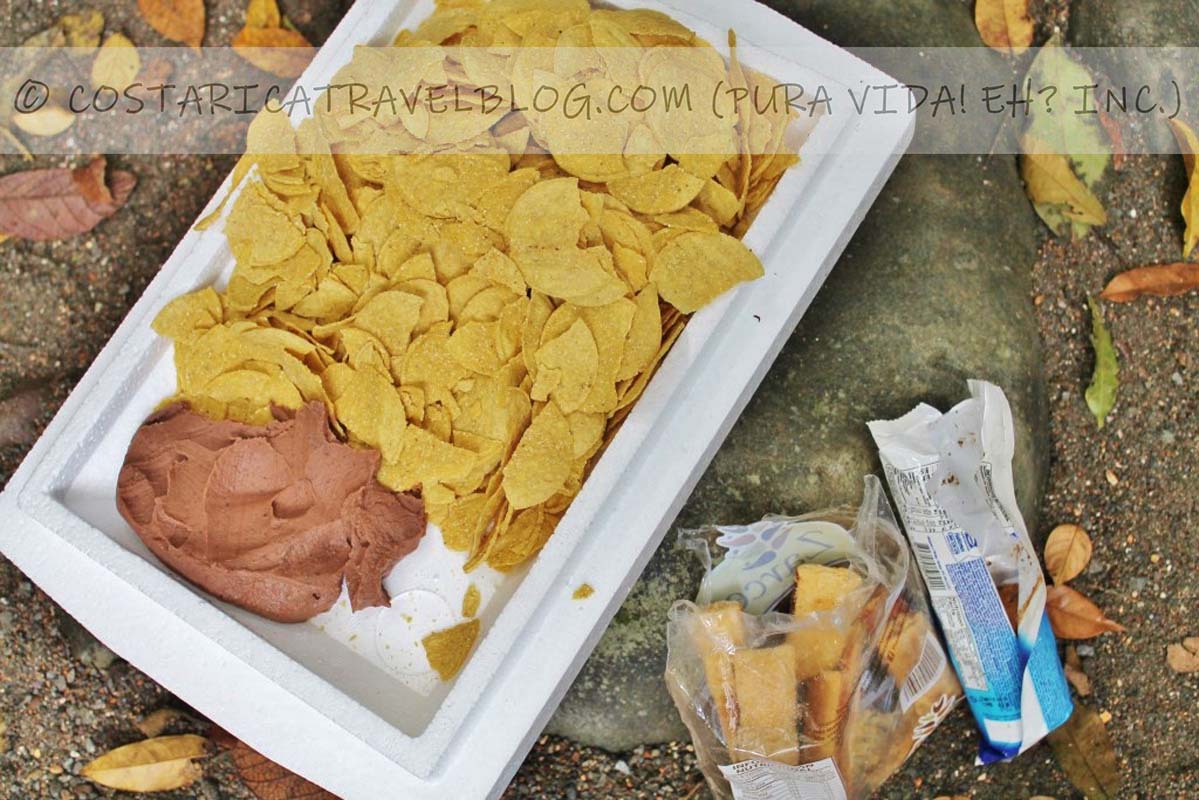

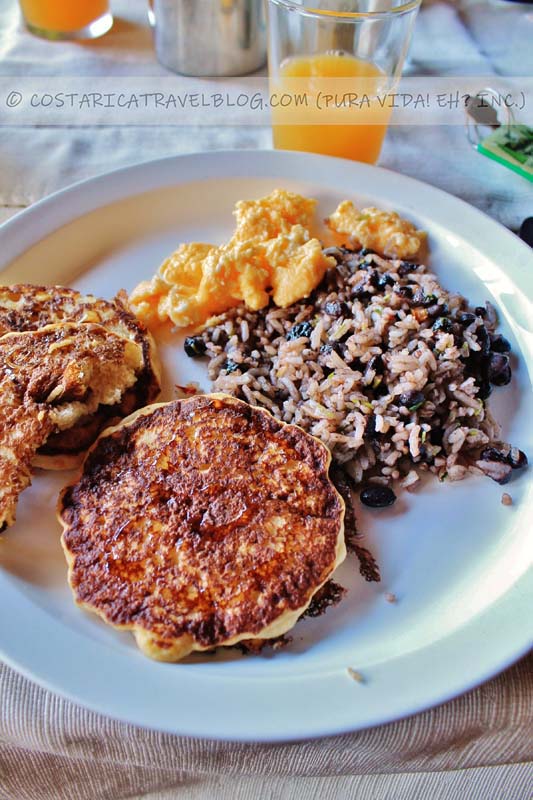











Tagged: costa rica, costa rica travel, costa rica travel tips, cuisine, dining, food, tourism, travel, travel guide, travel tips, vacation, vegan, vegetarian